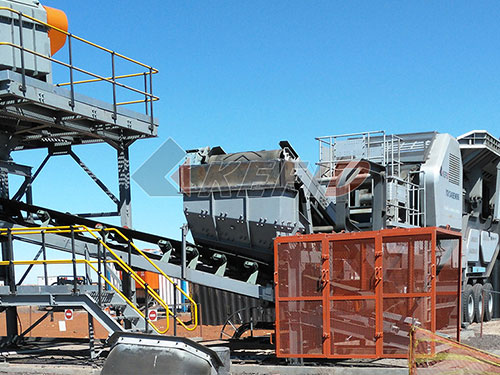Video Crush Insects Feet Free: Ethical Filmmaking for Tiny Lives

The pursuit of the perfect shot often drives videographers into the heart of nature, seeking intimate perspectives on the world around us. Ground-level sequences capturing intricate details – dewdrops on blades of grass, the bustling life of a forest floor, or the delicate movements of insects – hold immense visual power. However, achieving these shots carries an often-overlooked ethical burden: the very real risk of crushing tiny creatures underfoot or equipment.
The Unseen Cost of Ground-Level Cinematography
It’s easy to forget just how fragile and densely populated the micro-world is beneath our boots or tripod legs:
1. Unintentional Casualties: A misplaced step while framing a shot can obliterate entire colonies of ants, crush solitary beetles or spiders hidden in leaf litter, or destroy delicate nests.
2. Habitat Destruction: Even without direct crushing, heavy equipment and repeated foot traffic compact soil, damage fragile fungi networks vital to ecosystems (mycorrhizae), and disrupt micro-habitats essential for survival.
3. The Ethical Question: Is capturing stunning footage worth the cost of numerous sentient lives? As creators documenting nature’s beauty, do we have a responsibility to minimize our negative impact?
Embracing “Feet Free” Filmmaking: Practical Solutions
Thankfully, achieving captivating ground-level footage doesn’t require sacrificing insect life. Here’s how to film ethically and effectively:
1. Plan Your Path & Setup Meticulously:

Scout Visually First: Before setting foot in a sensitive area (like dense wildflowers or leaf litter), observe carefully from a distance or edge. Identify potential hazards to wildlife.
Designate Equipment Pathways: Choose one clear path for yourself and gear setup/teardown to minimize trampling area.
Use Established Paths/Trails: Whenever possible, film from existing paths using longer lenses instead of forging new ground.
2. Leverage Technology for Distance & Detail:
Long Lenses are Your Friend: A telephoto lens (e.g., 100mm macro or longer) allows you to capture incredible close-up details while standing several feet away from your subject and its habitat.
Embrace Macro on Sticks: Mount your camera with a macro lens on a tripod or monopod extended over the target area without needing to stand directly beside it.

Leave a Reply